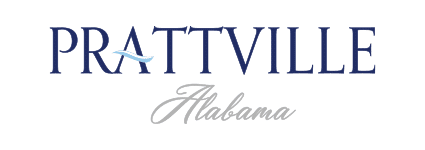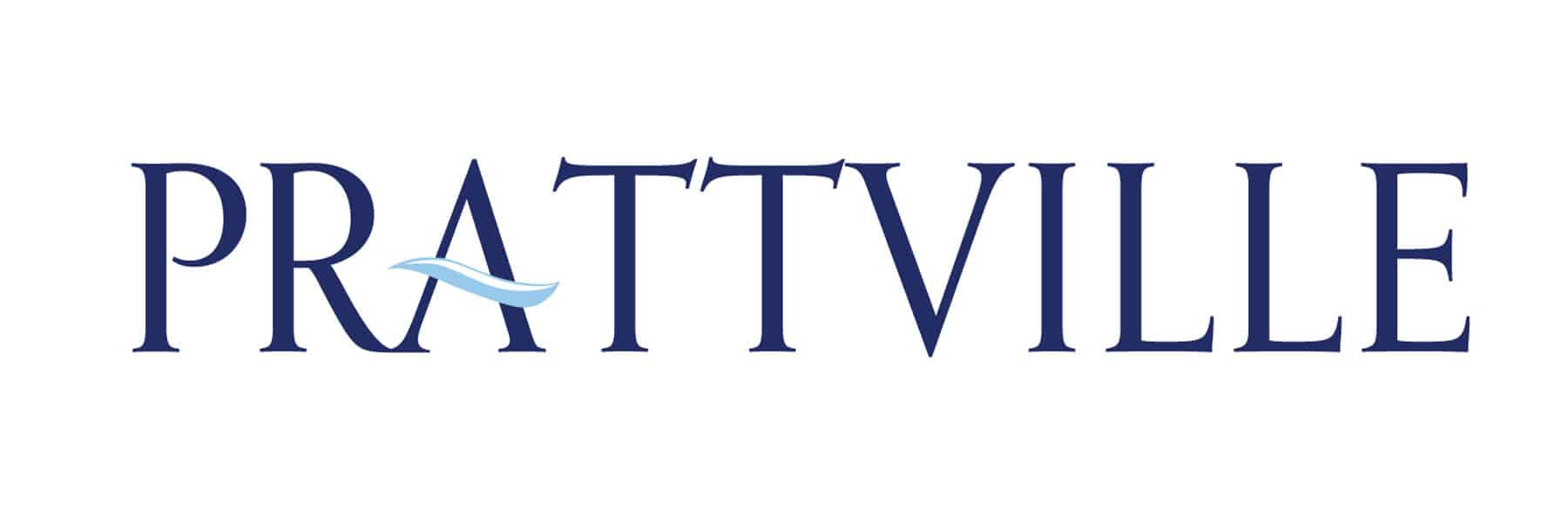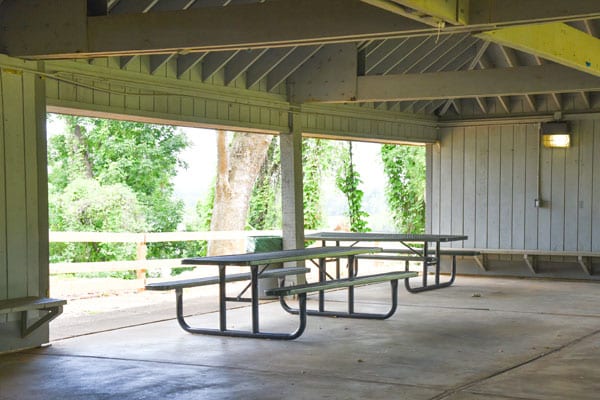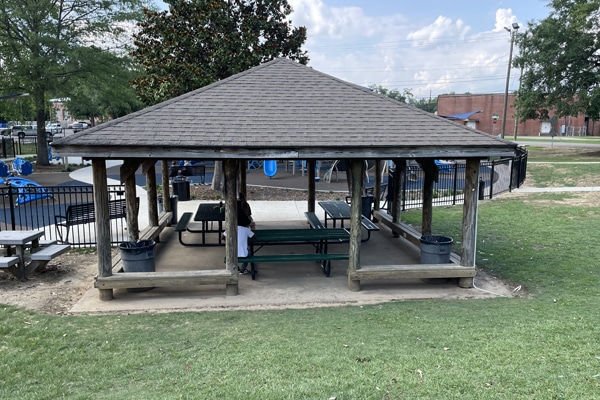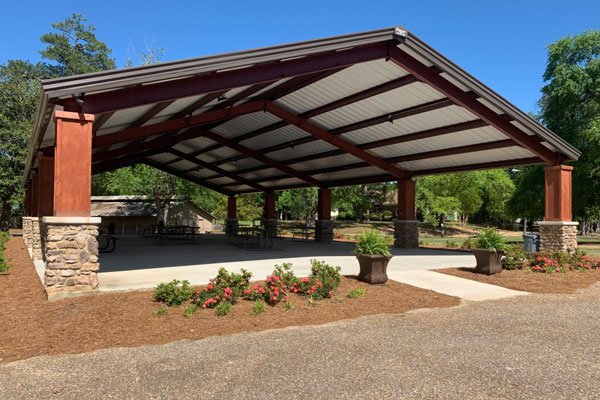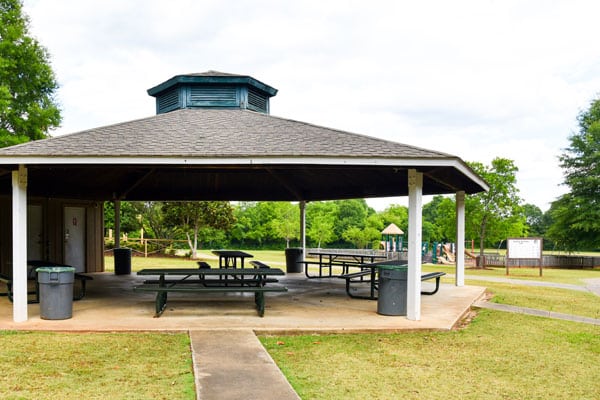EASEMENTS AND RIGHT-OF-WAYS
What is an Easement?
An easement is an interest in real property that conveys use, but not ownership, of a portion of an owner’s property. Easements may be permitted for a specific portion of the property for many varied purposes. Governments, municipalities, and public utilities use easements to establish access, restrictions, and rights to property.
Private or Public Easement
A private easement is platted for private use only and is not an easement for public use. A public easement is platted and accepted for public use. Either a private or public easement, it is still owned by the property owner. The City of Prattville is granted access to public easements but does not own the easement area.
What You Need To Know
Easements may be legally complicated and require careful review. Before purchasing property or building on existing property, check to see if there are any easements on the parcel. Easements are recorded on your survey or plat that is on file at the county probate office. If you need specific answers on how an easement may affect your property and your rights as a property owner, you should contact the owner of the easements.
Types of Easements
There are many types of easements. Easements vary with the needs surrounding the property. Easements can be temporary if only conveyed for a limited period of time. Some of the most common easements include drainage easements, utility easements, and sewer easements. All three of these easements are common in the City of Prattville.
Most Common Easement
Drainage Easement
This is the most common easement for the residents of Prattville. Since most of Prattville is flat and water drainage is relatively slow, when it rains, the stormwater must run through drainage easements to reach a normal outlet. Easements are sized to allow access by heavy equipment when necessary. Any buildings or landscaping in these easements may result in an expense to the property owner should the city need to remove obstructions in order to utilize that legal access.
Call Before You Dig!
Every digging project requires a call to 811. Hitting an underground utility line while digging can harm the environment, cause serious personal injuries, disrupt service to an entire neighborhood and potentially incur fines and repair costs
Contact:
Chris Wood
Division Superintendent
Public Works
- 530 Doster Road Prattville, AL 36067
Hours:
- 6:30 a.m. - 3:00 p.m.
